Orthopedic physical therapy is a subspecialty of physiotherapy that focuses on the diagnosis, treatment, and management of musculoskeletal injuries and disorders. Orthopedic physical therapists work with patients who have conditions that affect the muscles, bones, joints, tendons, ligaments, and other connective tissues.
Orthopedic physical therapists use a variety of techniques to help patients regain strength, flexibility, and mobility. These techniques may include:
- Exercise therapy: Patients are prescribed specific exercises to help strengthen muscles, improve flexibility, and increase range of motion.
- Manual therapy: Orthopedic physical therapists use techniques such as mobilization, manipulation, and massage to help reduce pain and improve function.
- Education and advice: Orthopedic physical therapists provide advice and education on how to manage symptoms, prevent further injury, and maintain good health.
- Electrotherapy: Orthopedic physical therapists use modalities such as ultrasound and TENS (Transcutaneous Electrical Nerve Stimulation) to manage pain and inflammation.
- Rehabilitation: Orthopedic physical therapists help patients return to their normal activities by developing and supervising rehabilitation programs.
Orthopedic physical therapy can be beneficial for a wide range of conditions such as back and neck pain, osteoarthritis, sports injuries, sprains and strains, and more. Orthopedic physical therapists will work with the patient to develop an individualized treatment plan that addresses the specific needs and goals of the patient. It's worth noting that Orthopedic physical therapists
 Drlogy
Drlogy




